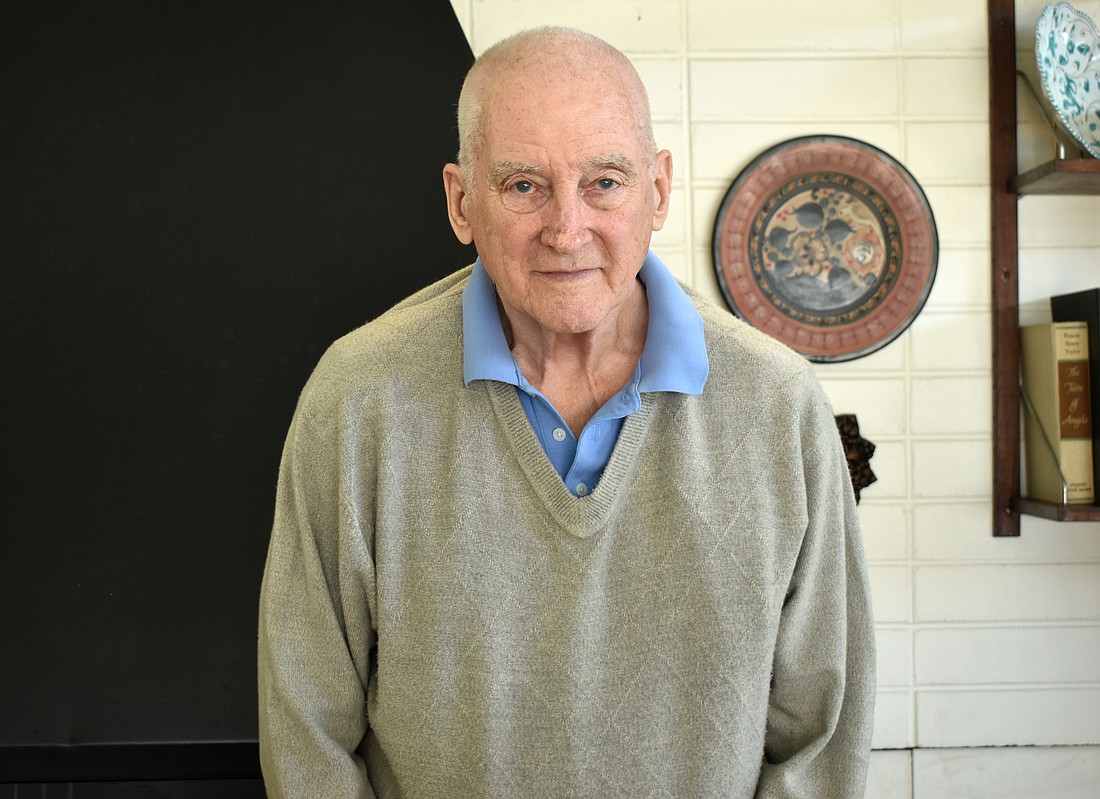- May 30, 2025
-
-
Loading

Loading

For nearly 30 years, children tuned in to “Captain Kangaroo” on CBS with their bowls of cereal in hand.
Behind the scenes, Longboat Key resident Sam Gibbon was concocting ways of combining education and entertainment as a program assistant and, eventually, associate producer.
From there, his career blossomed and he worked on a multitude of shows, including the 13-episode program, “The Voyage of the Mimi.”
Gibbon said that, as teachers know, keeping kids’ attention and eyes open at the same time proves challenging.
For seven years, he worked on “Captain Kangaroo” before considering working for older groups of kids.
Then Joan Cooney, a television producer, called him asking if he would work on a show for inner-city kids. Following a memorial service for Martin Luther King Jr. and words of encouragement from his wife, Carol, Gibbon became inspired to do the job. He thought he should so something in King’s honor.
“Joan Cooney’s vision and Lloyd Morrisett, who was her funder and guide, was to use the entertainment power of television to teach, so the two ideally were inextricably connected, and at its most entertaining moment, it was also the most educational,” Gibbon said. “Now making those moments coincide was tricky. We thrashed around a lot trying to get them together.”
What came from this was the Children’s Television Workshop, which is now known as Sesame Workshop. Gibbon became a producer for “Sesame Street” and executive producer “The Electric Company,” which won an Emmy award in 1977.
For Gibbon, this opportunity was a way for him to expand on his interest in electronic media and its power to educate.
“I was initially drawn to its education purposes and research and curriculum content and so on, and that was sort of my assignment when we began developing ‘Sesame Street,’ and I spent a year traveling the country to research ‘the Electric Company’ looking at literacy programs and reading curriculum. I was always sort of interested in the psychological side of it and what the impact of TV was on the minds of children and how that could be used constructively. Still am,” he said.
As the years have gone by, Gibbon, who tutors at Booker Elementary School in Sarasota, has watched children’s television and interactive media transform.
“It’s gotten so much more sophisticated,” he said. “Nobody thought seriously about children’s television until ‘Captain Kangaroo.’ It was not a domain that anybody took seriously.”
And as the quantity of children’s shows grow, the quality varies. However, Gibbon thinks the quantity has generally improved as people have taken children’s television more seriously.
“When it began, when the first interest in children on television began, there was as much exploitation as there was useful contribution to their development,” he said. “I guess that’s probably still the case, although I think you couldn’t get away with the kind of crap they were putting on air when it began.”
As for his reasons for staying in the industry, well, that’s simple.
“How can you not be interested in children’s education,” he said. “It’s wonderful to see those minds take shape.”